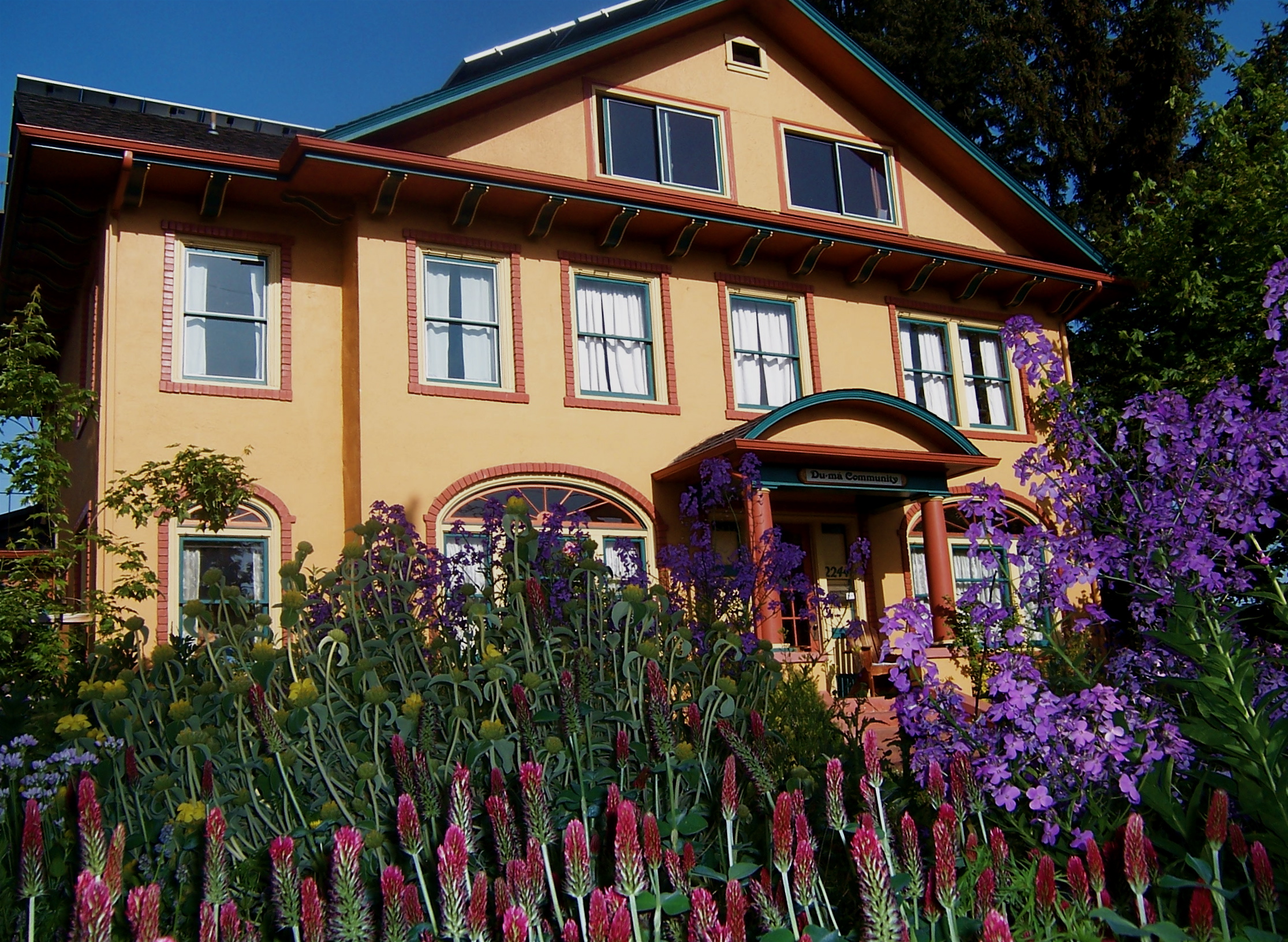A friend of mine lives in a nine-bedroom, century-old house tucked among the wooden mansions of Seattle’s north Capitol Hill neighborhood. In some ways, it’s the quintessential home of the fortunate and green-minded in the urban Northwest: it has a hybrid car, an electric car, and bicycles in the drive and chickens in the yard. In another way, it’s unusual. The dwelling’s 5,000 square feet of indoor space are home to nine people: my friend and her husband, their two daughters, and five housemates. This living arrangement is in flagrant violation of city code.
Under Seattle law, as in almost every city in Cascadia and beyond, the number of people who may share a house or apartment is strictly limited, regardless of the dwelling’s size, unless all occupants are members of the same family. In Seattle, the limit is eight people (see Seattle Municipal Code 23.84A.016 “household” definition). With nine (and in the past up to eleven people) occupying her house, my friend is a law breaker. A city housing inspector could fine her and kick someone out.

Another friend of mine, Allen Hancock, owns a similarly spacious house near the University of Oregon in Eugene. A Christian college built the house in 1926 as a home for a dozen or more “wayward girls.” By the time Allen moved in, in 1990, someone had divided the 4,400-square-foot structure into six apartments and let it run down. He restored, remodeled and retrofitted the house. Today, it has 10 bedrooms plus a guest room and, usually, nine residents. Allen has personally devoted two decades of labor to turning Duma, as he calls the house, into a model of green living, with reused building materials throughout, extreme insulation and energy efficiency upgrades, photovoltaics on the roof, edible landscaping, and a rainwater catchment system, all located on one of Eugene’s main bicycle routes.
Eugene’s occupancy limit for unrelated people is five (see the definition of “family” in section 9.0500, page 9.0-16, of Eugene’s Land Use Code). So Allen is a law breaker, like my Capitol Hill friend. Or he would be if he had not proved to city planners that Duma has been in continuous use for group living since before the city started zoning in the late 1920s. Duma is grandfathered in; otherwise, the city could fine him and evict four of his roommates.
Hidden Housing
These two stories hint at what turns out to be a giant opportunity hiding in plain sight. Across the Pacific Northwest, occupancy limits constrain access to the cheapest, most profitable, most abundant, and most sustainable housing option currently available: bedrooms in existing buildings. They criminalize the simplest and perhaps the oldest solution to housing affordability: roommates. They retard the process of adapting aging neighborhoods constructed for big, nuclear families to the family structures of today: more singles, young and old; more small families; and more bi-nuclear, blended, and otherwise complicated households. They crimp developers’ options, preventing them from building houses with many bedrooms. They are deeply elitist, enforcing class privilege and discriminating against low-income households, young people, and immigrants, although they typically hide their true nature behind righteous-sounding slogans about health and “decency.” They are also just dumb policies: badly written, internally contradictory, illogical, and difficult to enforce. They serve no legitimate public-policy purpose, at least none that is not — or would not — be better served by other rules.
Consequently, Cascadia can and should simply delete occupancy limits from its law books: we can abolish them, as a few Cascadian cities have already done. Or, if we lack the will to do that, we can raise the limits, so that they become moot in all but the rarest cases. Already, Northwest cities set limits that range from two to ten people per dwelling, illustrating both the arbitrariness of current policy and the possibility for reform.
The opportunities checked by occupancy limits are not just in big houses, like my friends’ homes in Seattle and Eugene. Occupancy limits constrain more-typical structures as well. To understand how they work, it helps to step back and look at the context of housing in the Pacific Northwest. That’s the focus of my next article, the second in this set of four on occupancy limits. Then, in two more articles, I’ll detail the limits in different Northwest cities and dissect their sordid history and discriminatory roots.
Special thanks to Mieko Van Kirk for research assistance for this article.


Comments are closed.